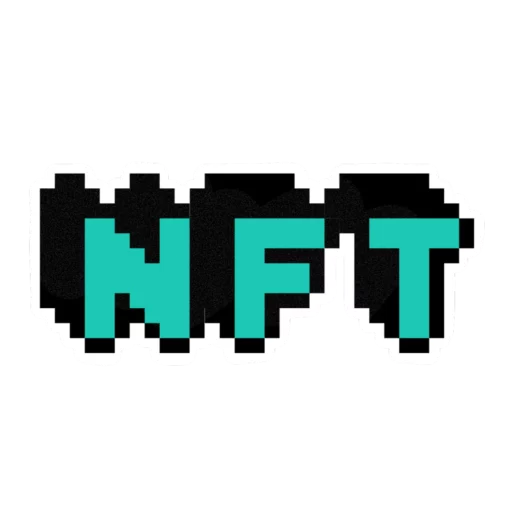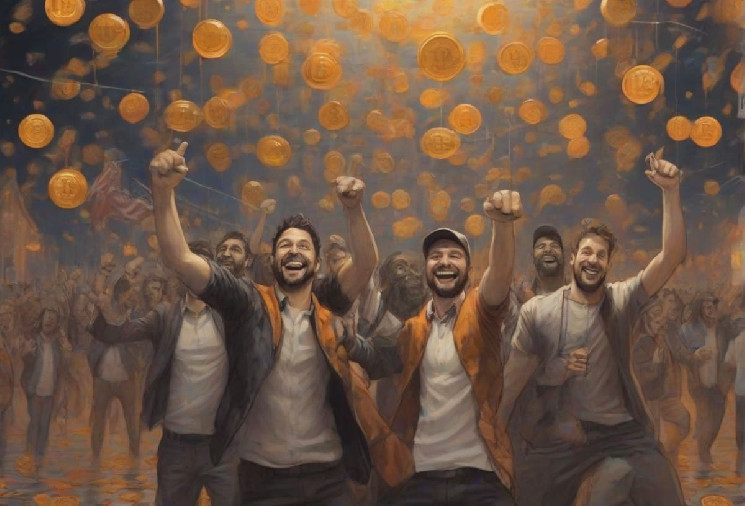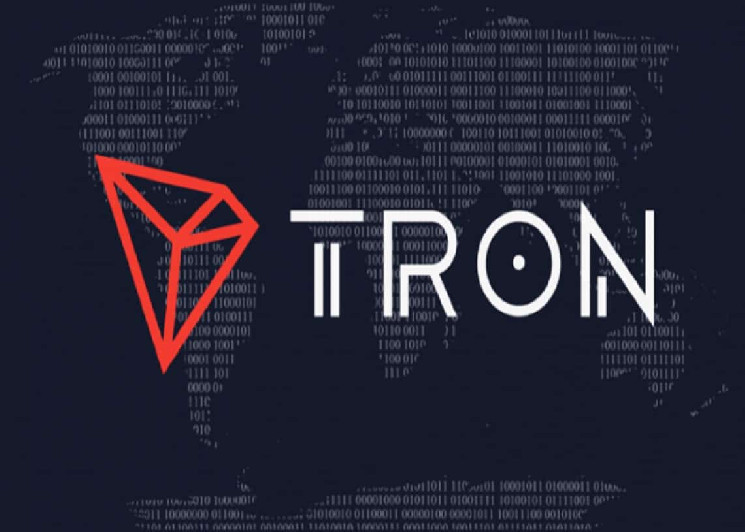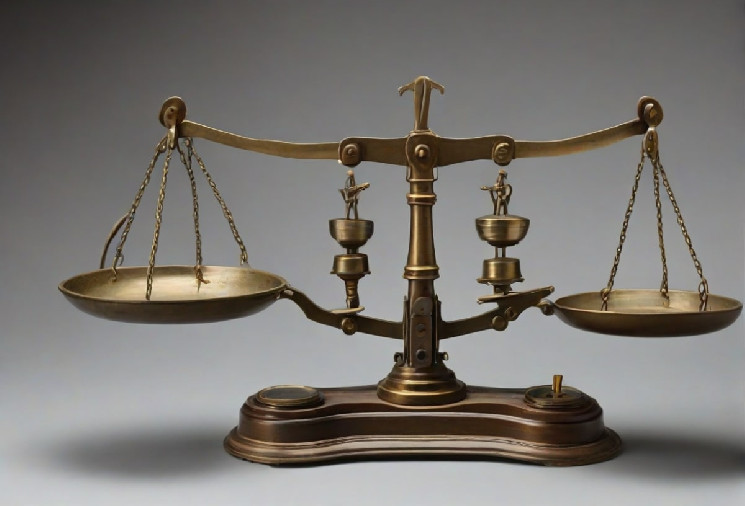SuperRare, a prominent NFT art marketplace, has recently teamed up with Chainlink to implement the Chainlink CCIP protocol, enhancing the functionality of its native token, RARE. This collaboration allows for secure and smooth token interchangeability across various chains, with a focus on Base and Ethereum. By leveraging Chainlink’s advanced integrations, SuperRare is solidifying its position as a premier platform for secure peer-to-peer NFT exchange across multiple blockchains.
Chainlink’s CCIP (Cross-Chain Interoperability Protocol) serves as a crucial link between blockchain systems, enabling seamless data and token transfer between different ecosystems. This standardized approach to interactions in the crypto space helps counteract the existing fragmentation, providing a more connected and cohesive environment for users.
For SuperRare, integrating CCIP means RARE token holders can now securely transact across multiple chains without relying on traditional bridges, which often pose security risks. This integration simplifies asset transfers between ecosystems, enhancing user experience and accessibility.
SuperRare’s core vision is to expand the reach of digital art by empowering artists to tokenize their work into NFTs and make it accessible to a wider audience. By integrating Chainlink’s CCIP, SuperRare aims to make art more usable and secure across various blockchain networks. The platform’s RARE token aligns with this vision by involving users in the curation process on the marketplace.
The partnership between SuperRare and Chainlink brings significant benefits to the NFT and DeFi communities, including a safer method for token transfers, increased token flexibility across blockchains, and new opportunities for utilizing the RARE token in DeFi applications such as providing liquidity, staking, and yield farming.
Chainlink’s CCIP protocol plays a vital role in addressing the challenge of interoperability in the blockchain space. The integration of CCIP by SuperRare underscores the importance of compatibility in NFT marketplaces and highlights the trend towards integrating with multiple blockchains for a more decentralized future of art.









